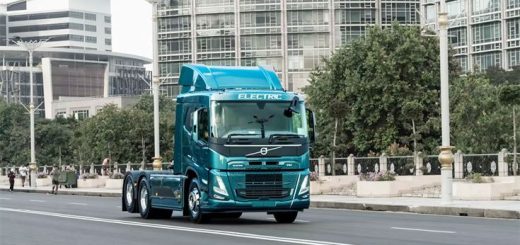ARTERIAL ROADS OF DELHI FOR SAFETY
ASSESSMENT OF FREIGHT VEHICULAR MOVEMENT ON ARTERIAL ROADS OF DELHI FOR SAFETY OF ROAD USERS
Pritikana Das – Department of Transportation Planning and Environmental Division, CSIR-CRRI, New Delhi, India
Abstract
In the direction of fulfilling the needs of thickly populated NCT, highways are being used constantly by freight vehicles, in a very chaotic manner. It has been noticed that more than a lakh trucks enter Delhi daily to pass from one region to another. It creates congestion for common people residing in and around Delhi. Number of accidents in Delhi is more than thrice compared to Mumbai and at least two times more in comparison to Bengaluru’s road fatalities. Mostly, trucks entering Delhi are overloaded resulting in higher levels of emissions and threat to road safety. Due to lack in managing these freight vehicular movements the lives of people residing in NCT has affected socially, economically and health wise. The country loses Rs 60,000 crore a year due to congestion including fuel wastage. Detailed study on present initiatives taken by both Central and Delhi government, assessment of freight in Delhi-NCR has been analyzed so that proactive decisions by the concerned ministries and organizations can be taken by modifying the policies which will contribute for better lives of people. SWOT analysis, crash prediction modelling and estimation of accident severity index have been used for analysis and safety measures have been suggested.
Keywords: SWOT analysis, crash prediction, SMEED model, crash severity index.
1. Introduction
In India road freight constitutes around 63% of t he total freight movement (IFTMAF, 2015). Indian freight transport market is expected to grow at a CAGR of 13.35% by 2020 driven by the growth in the manufacturing, retail, FMCG and e-commerce sectors (NTDPC, 2014). Indian freight volume has increased at a rate of compounded and annual growth rate of 9.08% and vehicles are growing at a rate of 10.76%, whereas the road length is just increasing at a rate of 4.01%. This has resulted paucit y of road space to accommodate vehicles and to increase the speed for less fuel consumption and wastage (TCI-IIMC, 2017). NCT has got highest road network density i.e 2103 km/100 sqkm in India (TDFS-DIMTS, 2010). To fulfil the needs of thickly populated NCT, these highways are being used constantly by freight vehicles, in a very chaotic manner. It has been noticed that more than a lakh trucks enter Delhi daily to pass from one region to the other. These trucks create lot of congestion and traffic jams for common
people residing in and around Delhi. Because of increased freight vehicular movement and its mismanagement situation in Delhi-NCR, the NCR Planning Board took notice of this chaotic situation and prepared a Functional Plan on Transport with planning up till 2032, which is integrated with Integrated Multimodal Transport Plan (NCRPB, 2005).
Click on given Link to Download :
http://ijtte.com/study/350/ASSESSMENT_OF_FREIGHT_VEHICULAR_MOVEMENT_ON_ARTERIAL_ROADS_OF_DELHI_FOR_SAFETY_OF_ROAD_USERS.html





Recent Comments